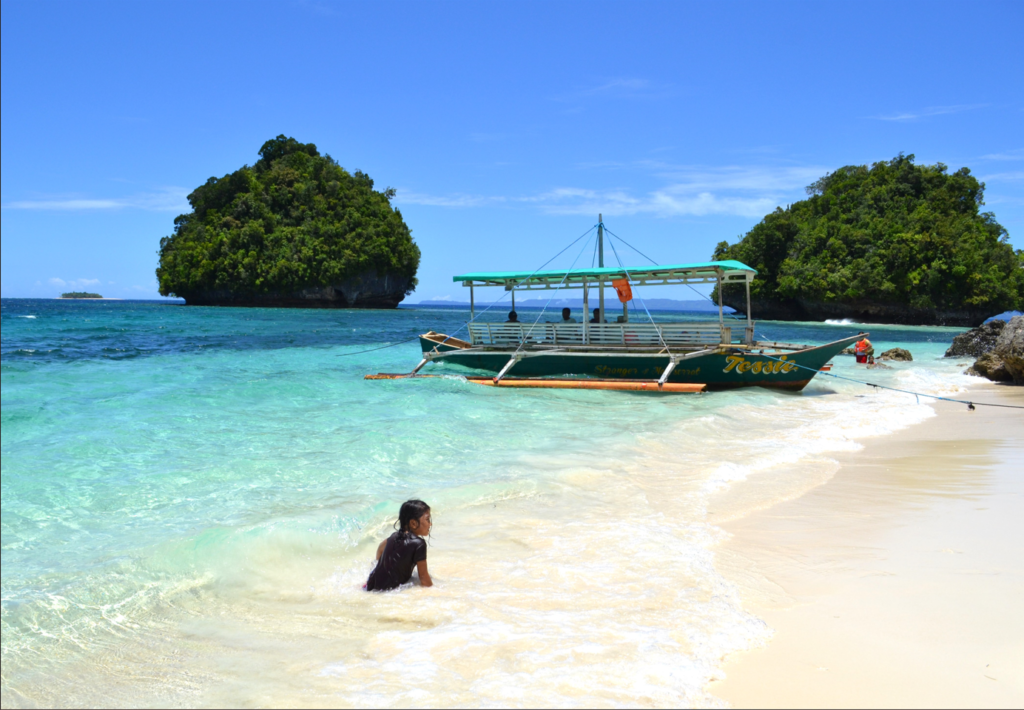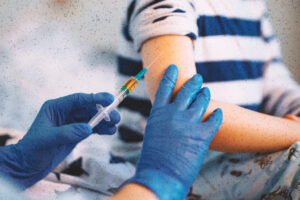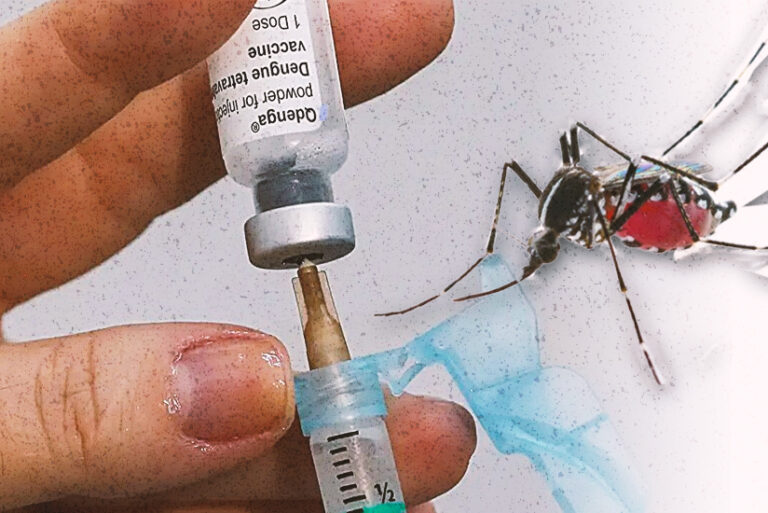Text and Photos by Henrylito D. Tacio
“By implementing effective preventive measures, increasing investments, and promoting awareness, we can save countless lives.” – WHO Director-General Dr. Tedros Adhanom Ghebreyesus
***
It was a warm Sunday morning and most of the families were out in Coaco Beach in Davao City. Five-year-old Jane was swimming along with other kids along the seashore. No adults were looking for them. Jane’s mother, Charlene, was busy preparing their food for lunch while the father, Jonathan, was buying soft drinks in the nearby store.

Suddenly, three consecutive big waves hit the kids. Jane was carried away into the deeper part and before she knew it, she was already gasping and drinking a lot of water. The other kids could not help her since they, too, didn’t know how to swim. It was just a matter of a minute and Jane went down to the water. Luckily, Aida, a neighbor who was also on the beach, came and immediately rescued Jane.
But it seemed it was already late. Jane was already pale and was not moving anymore. “Will somebody help us,” Aida shouted. Everyone who heard the shout came running. “What happened?” Charlene inquired and when she saw it was her daughter, she was shocked.
Fortunately, Ferdinand, Aida’s son, and his friend, Renato, were around. Both had attended a first aid workshop a couple of weeks ago conducted by the Philippine National Red Cross. Sensing that Jane was no longer breathing, the two immediately did mouth-to-mouth resuscitation. First, it was Ferdinand who breathed into Jane’s mouth. Afterwards, Renato took over. Three minutes later, Jane vomited some water and started breathing again.
Charlene was crying and smiling when she saw her daughter had been brought back to life. They immediately brought her to the hospital. “Thank you very much,” she told Ferdinand and Renato. “You have saved the life of my daughter just on time.”
Drowning is an underappreciated but lethal public health issue. It has caused over 2.5 million deaths in the last decade, with an alarming 90% of these fatalities occurring in low- and middle-income countries, according to the World Health Organization (WHO).
The Philippines is a case in point. “More than 3,000 Filipinos perish from drowning each year,” the health department said. “Children are particularly vulnerable to this preventable injury.”
Statistics don’t lie. “About eight persons die every day due to drowning, and more were reported to be victims of near drowning (10 cases per day),” said the country report presented at the World Conference on Drowning Prevention in 2011.
Most of those who die from drowning are children. A study done by the United Nations Children’s Fund showed the drowning rates were highest among boys and girls less than 5 years old compared to other age groups and higher among females than males for all age groups.
In addition, the drowning rates were higher among males under 5 years and among those under 15 years compared to females of the same ages. This gender difference was largest for male toddlers whose relative risk for drowning death was 1.5 times higher than female toddlers, the research pointed out.
“Every year, around the world, hundreds of thousands of people drown,” said Dr. Tedros Adhanom Ghebreyesus, the WHO Director-General. “Most of these deaths are preventable through evidence-based, low-cost solutions.”
Michael Bloomberg, founder of Bloomberg Philanthropies, described drowning as a global public health challenge. “In many cases, we know what works to prevent drowning. We’ve developed tools and guidance to help governments implement solutions – and if we do more together, we really can save thousands of lives,” he said.
WHO has recommended six evidence-based measures to prevent drowning, which include installing barriers controlling access to water, and training bystanders in safe rescue and resuscitation techniques.
Recent studies have shown that children drown in pools, spas, buckets, toilets, and bathtubs. A child can drown in as little as two inches of water and in less time than it takes to answer the telephone.


Here are some drowning prevention tips, which we gathered from various sources:
· There is no substitute for adequate supervision. Children need to be watched. Never leave children unattended in or around pools or spas – not even for a second.
· Access to the pool or spa area should be limited by locked doors, windows and self-closing, self-latching gates on fences surrounding the pool. Latches should be above the reach of children.
· Do not allow children to play in pool areas. Keep toys out of the area.
· Keep rescue equipment such as a long-handled hook and a ring buoy with a rope hanging near the pool.
· Always keep chairs, tables, or toys away from the pool or spa fence to keep children from using them to climb over.
· Do not allow anyone of any age to swim alone. Drowning happens to adults too. When you are entertaining a group of children or adults, have a designated pool watcher who is responsible for keeping track of everyone. Examples of safe water behavior by adults are important for young children. — ###








